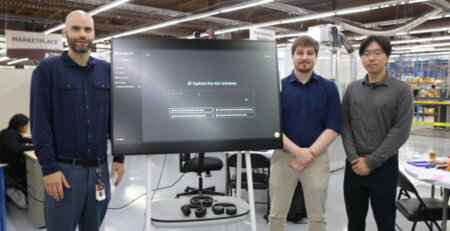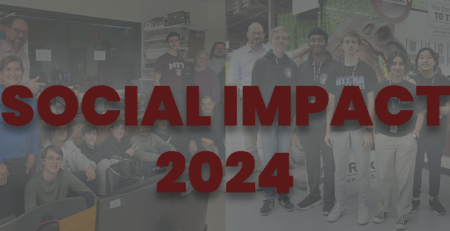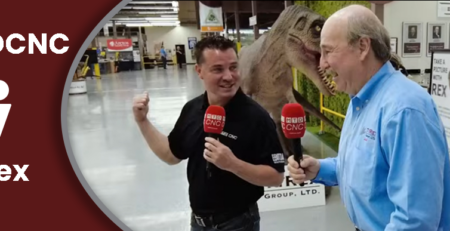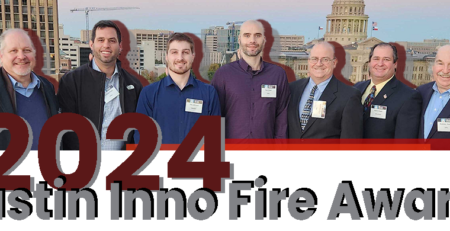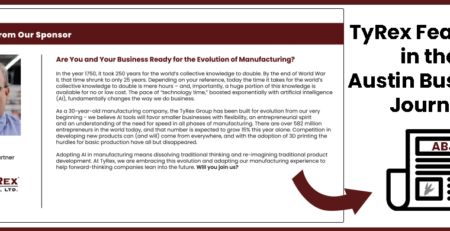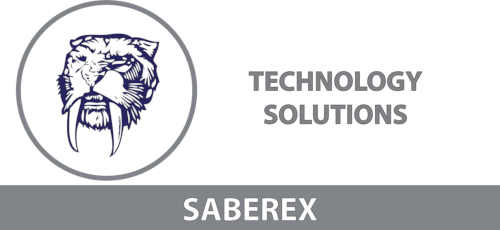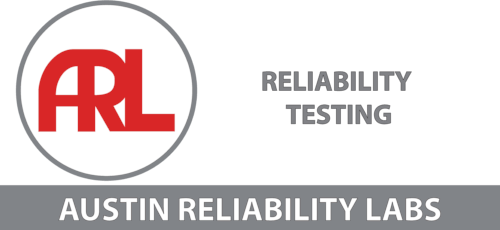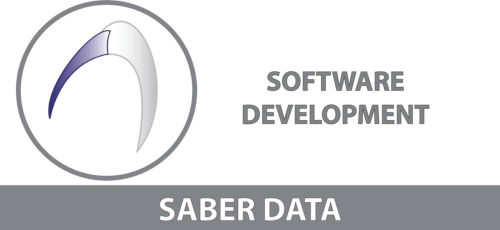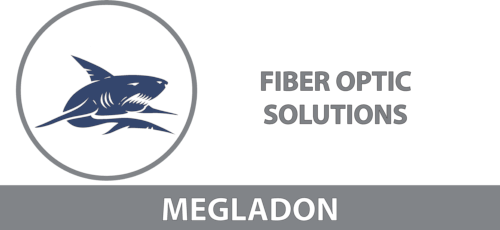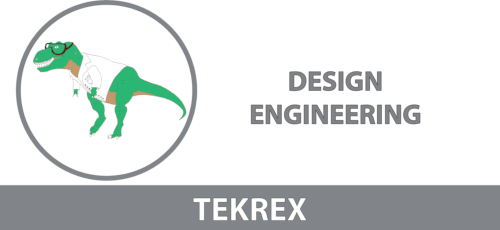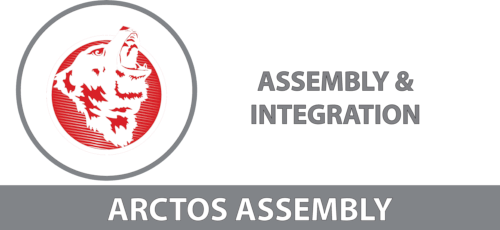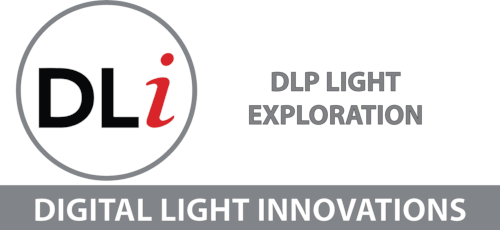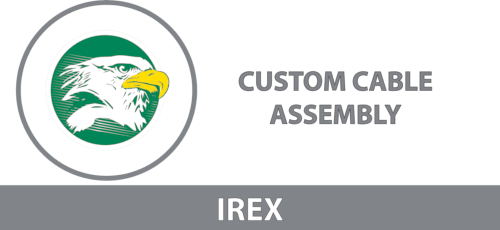Patented 3D Printed Test Fixture Increases Reliability in Semiconductor Testing
Trevor Hendricks2025-03-11T14:34:34+00:00You don’t need to be a genius to think like one! Anyone with an entrepreneurial spirit, a creative mind and an eye for opportunity can develop a game-changing innovation. All that’s needed are the proper tools and a basic amount of training. Meet Karol Sue Smith, Lab Manager at Austin Reliability Labs. Karol Sue revolutionized semiconductor testing using what she learned through 3D printing training to develop her patented device.
Karol Sue has been an integral part of the ARL team for over 7 years expanding the lab’s reliability test offerings with her exceptional product testing acumen. Karol Sue is also a patent holder for her latest invention – the Semiconductor Test Fixture, US Patent No.: US D1,035,600 S (July 16, 2024). This invention is 3D printed in an ESD-rated material to increase testing quality and component safety by removing human error. The design can be customized to fit a customer’s specific product measurement and is produced with screw holes for easy installation and air holes to provide better exposure during testing.
How did Karol Sue come up with her invention? Who better to explain than Karol Sue herself? Joining her in the below video are several TyRex Family members who will explain TyRex’s 3D printing training programs, how TyRex employees leverage creative thinking to solve complex challenges and how Karol Sue’s patented invention is saving the ARL team and its customers, time and money.
Video Transcript Edited for Clarity
Karol Sue: My name is Karol Sue and I work at Austin Reliability Labs. I’m a reliability lab manager here, and we have found that we had trouble making semiconductor chips testable. We have here at the TyRex Family of Technology Companies, 3D printing classes that Ted offers – after taking Ted’s class, my creativity kicked in, and that was how this evolved.
Ted Neil, Quality Assurance Manager, TyRex Group: There are five levels in our 3D printing training programs. The first level covers how to use the large Prusa (3D printer) and the second level covers the “Mini” Prusa model which is used for printing smaller objects. Then we have a materials class where we talk about printable materials compatible with these filament printers. The fourth class is a longer class. It’s a six-hour class spanning 6 weeks where I explain how to do design work. We use software called Tinkercad and the students get to learn how to design and have design objectives for each class. I also talk about design thinking so that they can learn how to approach a design problem. These classes help students learn how to print and then how to design so they can design their own prints. Most people can do it with a little bit of training, and that’s what we try to give them in this class – training.
We’ve trained over 90% of our employees, from line workers to management, to be able to print on 3D printers. Karol Sue had an idea after taking one of my classes to create a fixture to hold these (semiconductor) chips in so that they could endure the vibration and temperature exposed during product testing. This design allows Karol Sue and the ARL team to insert all the chips into the fixture which can be fastened onto the vibration table. One fixture can hold 50 chips at a time and allow them to experience the shock simultaneously, rather than testing each chip one by one. This decreases the time needed for the vibration analysis. The device also ensures that parts don’t go flying everywhere in the chamber if they pop off, so they’re all contained within a part.
Karol Sue: The structure can go in salt fog, it can go in vibration as well as thermal cycling to various degrees. I took my design over to TekRex where it was put into SolidWorks where we discovered that we could put 49 semiconductor chips within one fixture, which saves time tremendously!
Jason Dunbar, General Manager, Austin Reliability Labs: For this device, we had to machine fixtures, for each individual parts. This has been tremendous for us in saving time. We’re able to adjust the fixture to each individual part, on the fly! This has really improved our efficiency, especially with vibration testing.
Patrick Blackmon, Lab Manager, Austin Reliability Labs: The human error involved (within semiconductor testing) is the actual contact of the semiconductor chips themselves. When we send out the fixtures, the customer can put their semiconductors into a device package, seal it in an ESD-rated bag, send the fixtures out to us and we don’t actually have to touch the chips ourselves. We can put it on the table, test it, and then send it back as is.
Larry Legler, CTO, Austin Reliability Labs: After we had the fixture developed for its first application, we asked ourselves, “Where else can we use it?” It turns out that we have a wide variety of applications, including shock and vibration testing. The initial requirement for the device was temperature and humidity types of testing. This invention has been very successful and we look forward to many other applications as we move forward!
Ted: Every job is unique and there are unique challenges in each job so using 3D printing when it’s appropriate can allow our employees to decrease the amount of production time, often saving costs. The jigs and fixtures usually don’t cost a lot. It’s a little bit of plastic, $2, maybe $1. But the true significance is that 3D printing saves hours in putting parts together, develops consistency, and improves the quality of the testing process by using a fixture that allows (reliability engineers) to do the same thing over and over again. Everybody can profit from this. For any manufacturing line, if they train their workers to think creatively and understand what they’re doing, they can improve the process with 3D printing.
Karol Sue: I had virtually no 3D printing experience. I took Ted’s class one time, and I know he does offer a multitude of classes, but this invention came out of the very first 3D printing class that I took from Ted.
Ted: Come and join the fun! We try to make it enjoyable. We try to make it easy. We try to help people succeed with their prints. I’m available for consultation, or anybody who’s taking the class are encouraged to help them as well. In the training, the attendees will get a packet that they can take with them and use it on their own so they’re not dependent upon anybody else. In this class, they learn how to 3D print, but they’re also given printed information to look back on and work with afterward.
At TyRex and across its family of companies, there is an emphasis on continuous improvement. Whether we’re looking at the processes that make up our quality management systems or reducing the time it takes to research new products capable of simplifying production and saving our customers time and money, we know that there’s always room for growth. By introducing our 3D printing training programs, we’ve established a culture that encourages our employees to continuously think about the work they do and develop creative solutions that solve complex challenges and increase efficiency.
Interested in learning more about TyRex’s 3D printing training program or how we can add reliability or innovation to your product line? Contact us today!

